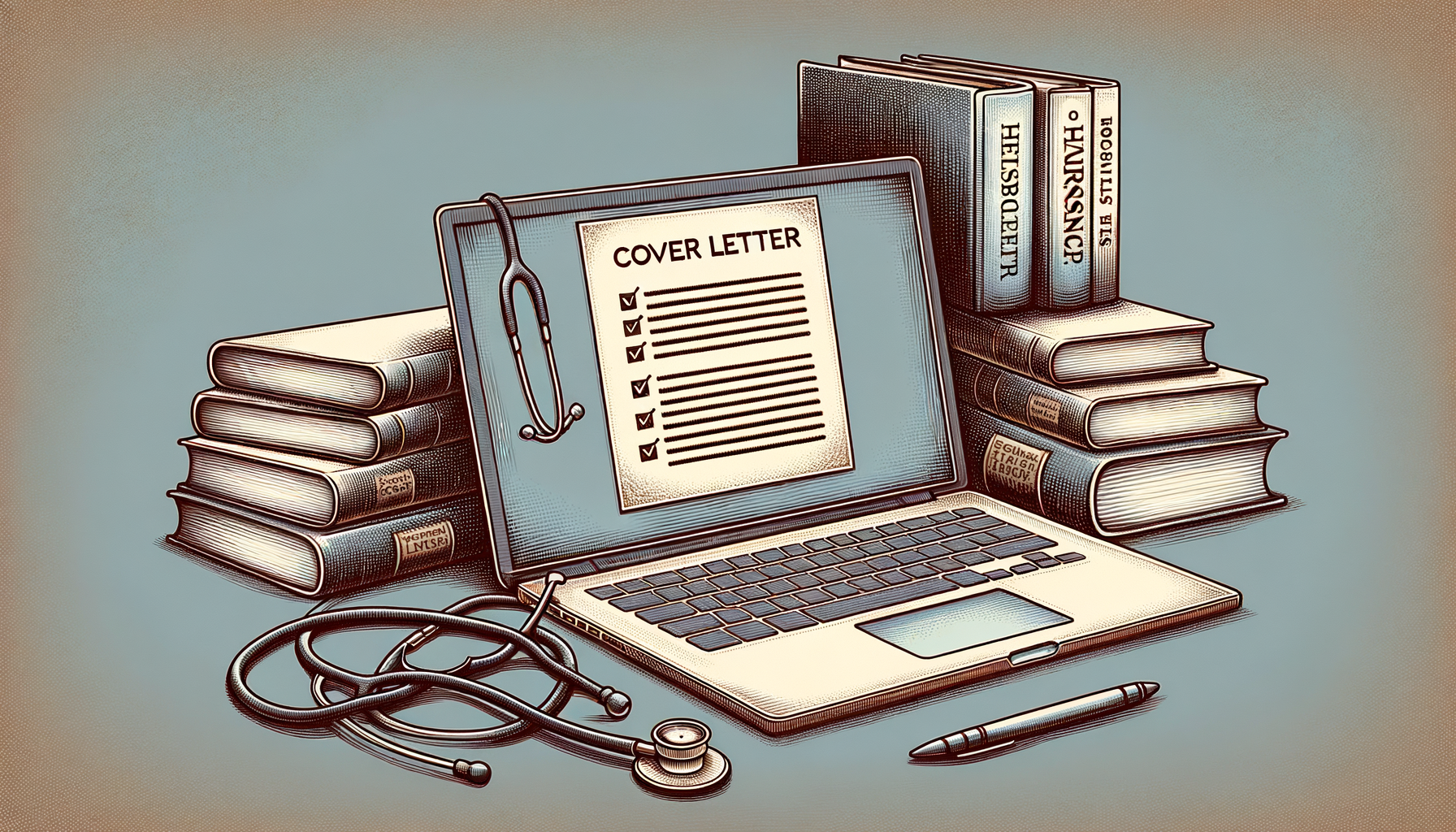Checking in with your colleague is an essential skill that fosters communication, collaboration, and a positive work environment. Whether you are new to a team or looking to strengthen professional relationships, knowing how to effectively check in can make a significant difference in your daily work life. This guide will walk you through practical steps and key considerations to help you connect meaningfully with your colleagues, ensuring you stay aligned and supportive in your shared goals.
Understanding the Importance of Checking In with Your Colleague
Checking in with your colleague means more than just a casual greeting; it involves purposeful communication that helps maintain clarity, build trust, and enhance teamwork. It is a proactive approach to staying updated on projects, offering support, and addressing any concerns before they escalate. This practice is especially valuable in remote or hybrid work settings where spontaneous interactions are limited.
Key dimensions to consider when checking in include:
- Frequency and timing of check-ins to avoid overwhelming or neglecting communication
- Choosing the right medium—whether in-person, email, chat, or video call
- Balancing professional updates with personal rapport to build trust
- Active listening and empathy to understand your colleague’s perspective
- Setting clear objectives for each check-in to keep conversations productive
How to Check In with Your Colleague - Step by Step
Following a structured approach to checking in can help you communicate effectively and build stronger workplace relationships. Here are five essential steps to guide you through the process:
Step 1: Choose the Right Time and Method
Identify a suitable moment when your colleague is likely to be available and receptive. Consider their workload and preferred communication style. For quick updates, a chat message might suffice, while more in-depth conversations may require a video call or face-to-face meeting.
Step 2: Start with a Friendly Greeting
Begin your check-in with a warm and genuine greeting. This sets a positive tone and shows that you value the person beyond just work tasks. Asking about their well-being or weekend plans can help ease into the conversation naturally.
Step 3: Clearly State the Purpose of Your Check-In
Be transparent about why you are reaching out. Whether it’s to discuss project progress, seek feedback, or offer assistance, stating your intent helps your colleague prepare and engage meaningfully.
Step 4: Listen Actively and Respond Thoughtfully
Pay close attention to what your colleague shares. Show empathy and ask clarifying questions if needed. This demonstrates respect and encourages open dialogue, making your check-in more effective.
Step 5: Summarize and Agree on Next Steps
Before ending the conversation, recap key points and confirm any actions or follow-ups. This ensures both parties are aligned and helps maintain accountability moving forward.
What You Need to Remember
While the step-by-step guide provides a clear framework, there are additional do’s and don’ts to keep in mind for successful check-ins. Do prioritize consistency; regular check-ins build stronger connections and prevent misunderstandings. Don’t rush the conversation or multitask during your check-in, as this can signal disinterest.
Key points to remember include maintaining a positive and respectful tone, being mindful of your colleague’s communication preferences, and balancing work-related topics with personal engagement to foster trust. Following these practices can lead to measurable improvements in team collaboration, reducing project delays and enhancing overall job satisfaction.
By investing time in thoughtful check-ins, you contribute to a supportive workplace culture that benefits both your career growth and your team’s success.
Frequently Asked Questions
- How often should I check in with my colleague?
It depends on your work context, but weekly or biweekly check-ins are generally effective for maintaining communication without being intrusive. - What if my colleague seems too busy to talk?
Respect their schedule and suggest a brief check-in at a more convenient time. You can also use asynchronous communication like email or messaging. - How can I make remote check-ins feel more personal?
Use video calls when possible, start with casual conversation, and show genuine interest in their well-being to bridge the distance. - What should I do if my colleague is unresponsive?
Give them space but follow up politely after some time. If the issue persists, consider discussing it with your manager or HR for support. - Can checking in help with conflict resolution?
Yes, regular and open communication can prevent misunderstandings and provide a platform to address issues early before they escalate.
Conclusion
Checking in with your colleague is a simple yet powerful way to enhance your professional relationships and work environment. By following the step-by-step guide, you can approach these interactions with confidence and purpose. Start by choosing the right time and method, engage with genuine interest, and maintain clear communication to build trust and collaboration. Ready to strengthen your workplace connections? Begin your next check-in today and experience the positive impact it can have on your career journey.






